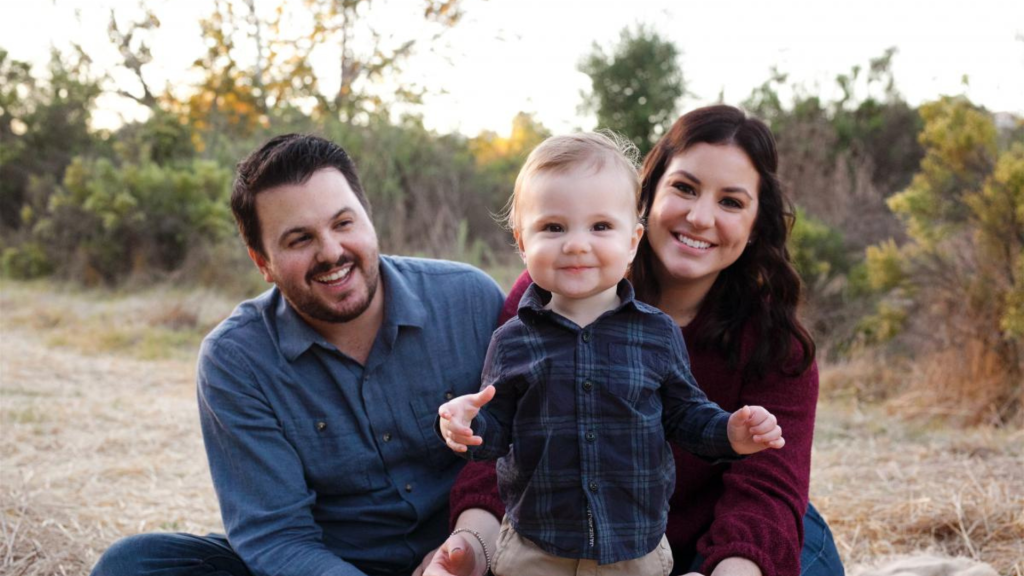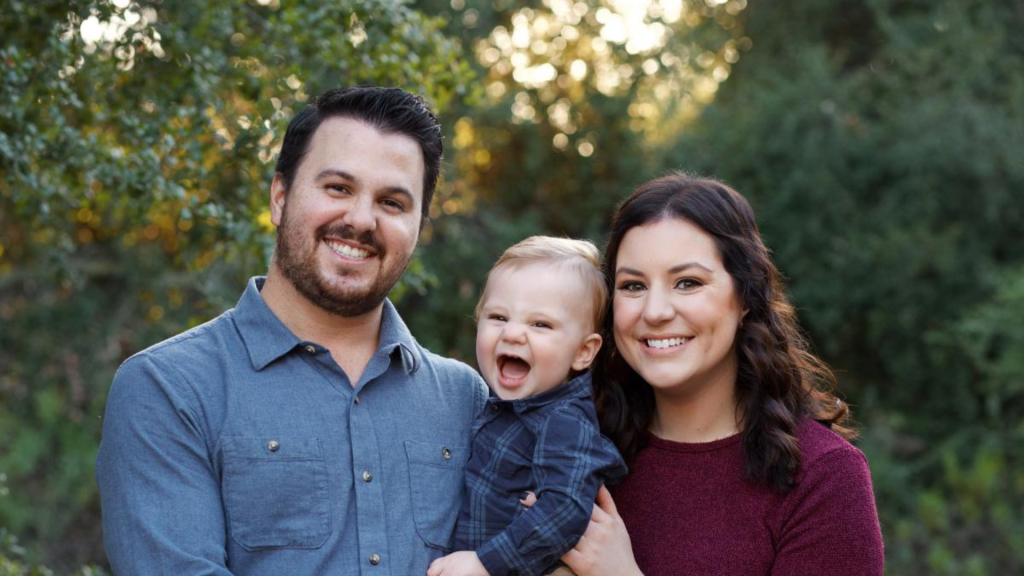
-
Understanding primary immunodeficiency (PI)

Understanding PI
The more you understand about primary immunodeficiency (PI), the better you can live with the disease or support others in your life with PI. Learn more about PI, including the various diagnoses and treatment options.
-
Living with PI
-
Addressing mental health
-
Explaining your diagnosis
- General care
- Get support
- For parents and guardians
-
Managing workplace issues
- Navigating insurance
-
Traveling safely

Living with PI
Living with primary immunodeficiency (PI) can be challenging, but you’re not alone—many people with PI lead full and active lives. With the right support and resources, you can, too.
-
Addressing mental health
-
Get involved

Get involved
Be a hero for those with PI. Change lives by promoting primary immunodeficiency (PI) awareness and taking action in your community through advocacy, donating, volunteering, or fundraising.
-
Advancing research and clinical care
-
Grants
-
IDF surveys
-
Participating in clinical trials
-
Diagnosing PI
-
Consulting immunologist
-
Clinician education

Advancing research and clinical care
Whether you’re a clinician, researcher, or an individual with primary immunodeficiency (PI), IDF has resources to help you advance the field. Get details on surveys, grants, and clinical trials.
-
Grants

Meet the Duggans
Audrey and TJ Duggan are parents to son Dean Duggan, diagnosed with X-linked SCID through newborn screening in 2018. Dean has undergone one hematopoietic stem cell treatment.
Exploring treatment options
During our main treatment consultation, our doctor discussed with my husband and I the three options that exist based on our son’s type of SCID, which is X-linked.
The first is no treatment, where you try to keep them healthy as long as possible through isolation and medications, but ultimately the result would be fatal.
The second option we discussed was a bone marrow transplant, also known as HSCT. If we decided to go this route, we actually had two different options. First, we could choose to do the standard conditioning and transplant that was normally conducted at our hospital, or we could choose to be a part of the “Conditioning SCID Infants Diagnosed Early (CSIDE)” study. The goal of this study is to determine if lower doses of chemotherapy will help babies with SCID achieve good immunity with less short and long-term risks of complications after transplant.
The third option was gene therapy. We discussed this option with two different doctors as well, to be sure we obtained full information on all of our options.
We chose to enroll our son in the CSIDE study and complete a lower-dose intensity conditioning regimen as part of his bone marrow transplant. We ultimately decided to do this option because it allowed our son to receive less chemotherapy, which would hopefully decrease his chance of complications during transplant from the medications, as well as decrease the chance of lasting effects from the chemo, such as infertility or other permanent organ damage.
When choosing treatment, it is most important to consider the following factors first as it relates specifically to each child: 1. the type of SCID, 2. whether the child has a match on the bone marrow registry, or a sibling match, which can vary drastically depending on the ethnicity of the child, which is why encouraging others to join the registry is so important. Based on these two things alone, the type of treatment options available become clear. Each child’s situation is different, so it is important to start with these factors first before beginning research into treatment since many options are specific to diagnosis.
Surprisingly, after six weeks of isolation and waiting for an official diagnosis, it was a relief to find out the type of SCID so my husband and I could begin to formulate a treatment plan for our son. Waiting on results and not having a plan in place to address a life-threatening medical condition of your newborn is unexplainable.
Once we were able to begin the process with our doctors after getting the diagnosis, we felt so relieved and happy to finally have a plan in place to get our son healthy. We did not have many options or our son would not live, so that perspective helped make some of the heavy conversations of treatment, side effects, etc. a little easier to process, because they all seemed doable in comparison to the alternative.
To try and cope with the various feelings during this time, we did a few things. Initially, we tried to not read a lot online since there were not many reliable websites for information on SCID, and there is not sufficient data on the outcomes for children who are diagnosed and treated early without infection. So it was important for us to focus on our son specifically, and what our doctors told us about him and the treatment plan.
In addition, my husband and I tried to keep things as normal as possible. We were still a new family with a newborn we wanted to bond with and get to know, so we tried to focus on those things while isolated. We would always dress our son in cute outfits, play board games, watch shows, and just simply enjoy each other. My husband and I both agree that snuggling our new baby brought us the greatest happiness during the time of uncertainty.
Our main advice is to use the type of SCID and availability of a match as your guide when choosing a type of treatment. In addition, since SCID is rare and a lot of centers do not have experience with treating it, we would recommend choosing a treatment center that is part of the Primary Immune Deficiency Treatment Consortium (PIDTC). These centers have the most experience with SCID, and it helps ease some of the anxieties as a parent when you are able to fully trust your doctors and treatment center.
Also, it is important to consider the short and long-term impacts of the conditioning regimen, as well as the possibility of full immune reconstitution.
Lastly, follow your instinct. When you find the right combination of treatment center, doctor, and treatment plan, you will feel it.
Whatever treatment a parent decides is the right one for them and their child. Once they make a decision, they should be confident in it so they can be there for their child during the rest of the process.

What was the most difficult part of the post-treatment/recovery period?
The most difficult time period for us was the first 30 days after transplant but before engraftment. Each day, it is hard not to be anxious about what the blood counts would say. Since it is normal for counts to fluctuate up and down before eventually trending upward, it really was a rollercoaster.
During this time, it was hard not to question everything. If we made the right choice in treatment if it was going to work, what would happen if it didn’t work, etc? My mind especially would run wild with the possibilities during this time, and I relied on my husband a lot for reassurance.
By this point in the process, our son was almost four months old and still not in a state he could survive in long term, which was the harsh reality of the situation. We were so beyond ready and anxious to transition out of this state. Once engraftment occurred and we received the positive results of our son’s chimerism, it was the best feeling.
The other difficult period was when we were out of the hospital, but living nearby for weekly appointments. My son and I were living apart from my husband who had returned back to work in our hometown.
Staying healthy post-transplant is crucial, so we were very isolated again. We only left one time a week for his appointment, and the rest of the days I spent inside with him. I found myself missing my trips to the hospital café, talking with the nurses, and having help with his medication calendar and oversight to make sure he was still doing okay. All of that worry was back on me alone instead of sharing it daily with the doctors and nurses.
It took some time for me to build up confidence in my new routine, but eventually, I got there.
What was easier than you thought it would be?
After struggling with being readmitted to the neonatal intensive care unit once we received my son’s abnormal newborn screening results, we were certain adjusting to hospital life would be very difficult for us during and after treatment.
I was surprised by the accommodations that made it easier for us to feel comfortable. Our son had his own closet and bathroom, and we had a bed next to a large window. There was also an amazing volunteer organization at the hospital that added some isolation-safe personalized Disney decorations to his room. It seems silly, but having a place to keep his clothes and to be able to have some cute decorations specific to him made it feel more like a temporary nursery than a hospital room. We are so grateful for that.
The hospital staff and doctors were so amazing and positive and made a point to tell us that we were their biggest asset. They reassured us that we knew our son the best and that they needed us to be watchful eyes and speak up on anything we noticed with him. This specifically made the whole process easier to handle since we truly trusted them with our son’s care and felt that we were a crucial part of his care team.
What was the most unexpected part about your child going through recovery?
Since chemotherapy side effects usually do not present until post-treatment, I was expecting the worst. Fevers from engraftment, mucositis, total parenteral nutrition (TPN), and other discomforts can occur. Because of the reduced intensity conditioning he received, he ended up not getting any of these side effects post-treatment, which was totally unexpected, but a welcomed surprise.
He did, however, have some minor issues with weight gain, vomiting, and transitioning to solids from the months of wearing masks. These few issues were able to be addressed easily at home without extensive intervention.
What do you wish you’d known about post-treatment/recovery?
I wish I had been more emotionally prepared for all of the anxiety I would experience while waiting for engraftment and while adjusting to life outside of the hospital.
After being isolated at home, the hospital, or nearby the hospital for our son’s entire life (six months), it was very difficult adjusting to a more normal life. Returning to work, allowing some visitors, going for walks outside, and all of the little small changes that were now safe were difficult.
Even nine months post-transplant, there are still days where it is challenging to have normal everyday conversations with people because of the trauma, and because we went through such a unique situation that many cannot even begin to understand.
I wish I had been prepared for that and had known beforehand that that is a normal part of coping and trauma
What advice do you have for other parents as their children go through post-treatment/recovery?
My first piece of advice would be to go to therapy. We had people suggest this to us from the start, and we thought we were doing fine considering the circumstances. We were on a mission to get our son better, and we were so focused on that end goal that we did not have time to begin to process everything that had happened until things slowed down around six months post-treatment.
It is important to process and deal with the feelings and trauma that come with having a child with a medical condition because the adjustment to life again will feel different since it is such a unique experience not many in everyday life can relate to or begin to understand.
Our other main advice is to remember that your baby is STILL your baby. You are still new parents with a new baby with all of the same love and feelings that come along with that. Take the monthly photos, focus on the normal developmental milestones they should be achieving – tummy time, smiles, giggling – and document them, enjoy them, and remember them because there is no redo.
Don’t let a diagnosis take away all of those beautiful moments that are still the most beautiful! Be determined to still enjoy each day with your new baby and all of the new things he/she will do and accomplish as they grow. SCID is just a small part of their story.
Find more information
Severe combined immune deficiency (SCID) is a life-threatening primary immunodeficiency (PI), with a combined absence of T cell and B cell function. There are at least 20 different genetic variants that can cause SCID.
Learn moreRelated resources
Sign up for updates from IDF
Receive news and helpful resources to your cell phone or inbox. You can change or cancel your subscription at any time.





The Immune Deficiency Foundation improves the diagnosis, treatment, and quality of life for every person affected by primary immunodeficiency.
We foster a community that is connected, engaged, and empowered through advocacy, education, and research.
Combined Charity Campaign | CFC# 66309




